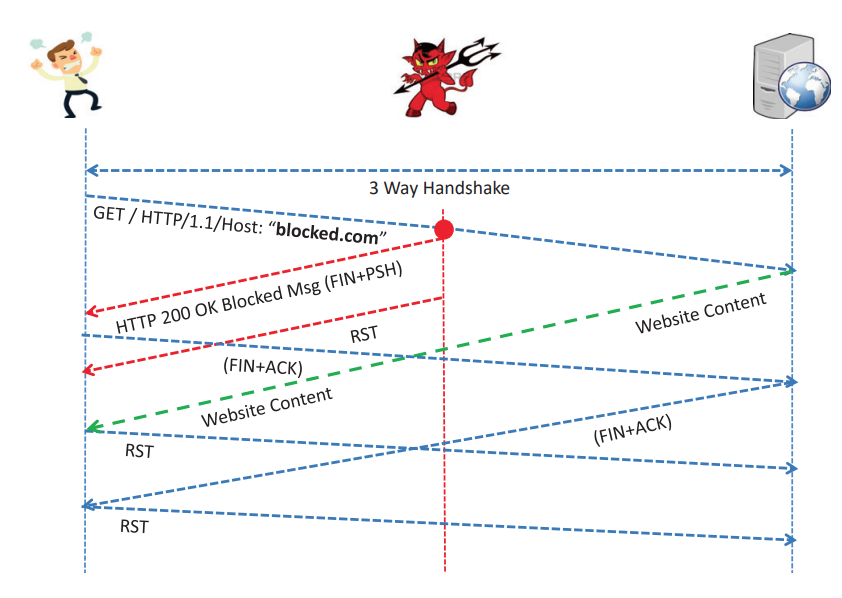
My name is Ilya and I’m a Core Developer at Bright Security. In Bright we work on a DAST (Dynamic Application Security Testing) solution that helps development teams find and fix vulnerabilities early, straight from CI/CD. My own path began in full-stack engineering, but almost a decade of shipping production code drew me ever deeper into application security. In this article I’m explaining key approaches on what SAML actually is and how we detect it in Bright using DAST.



















